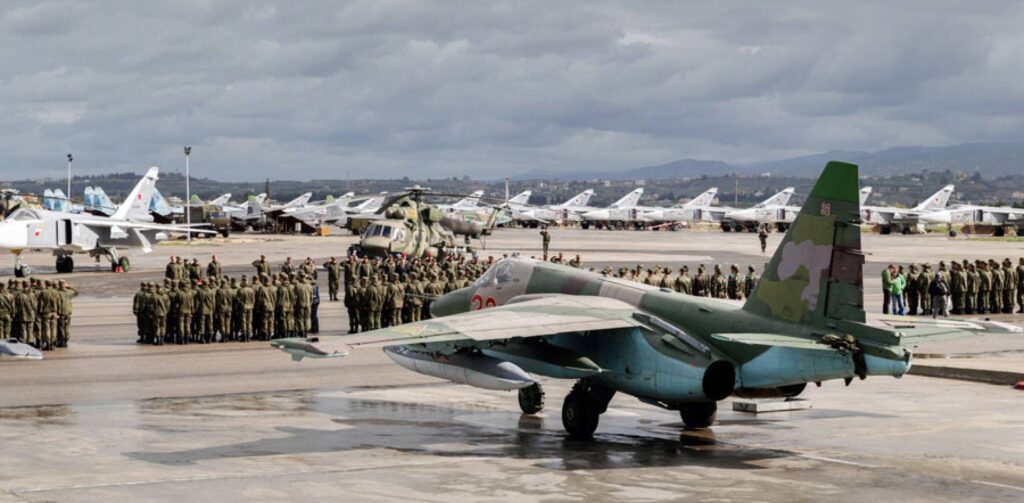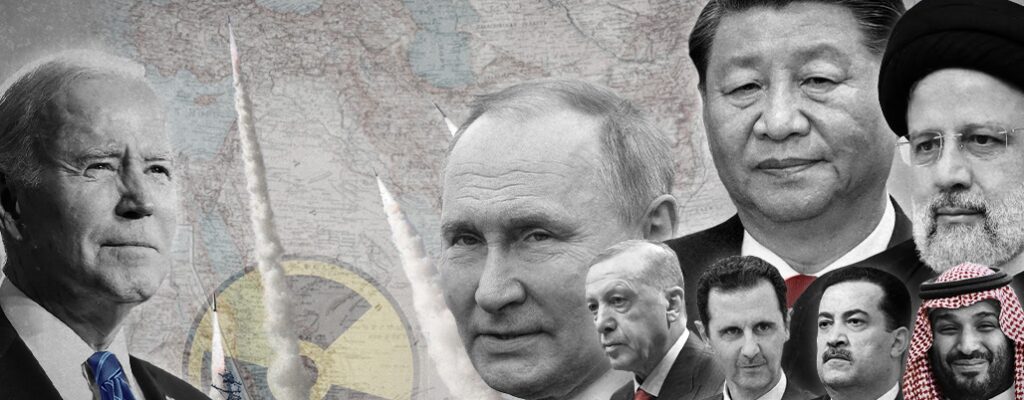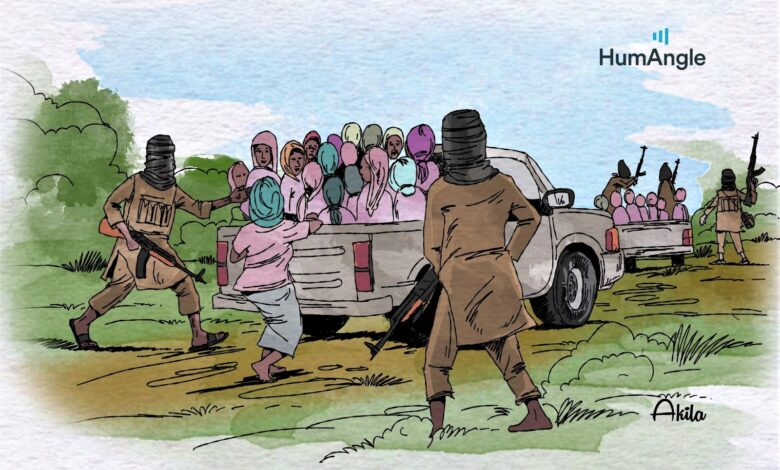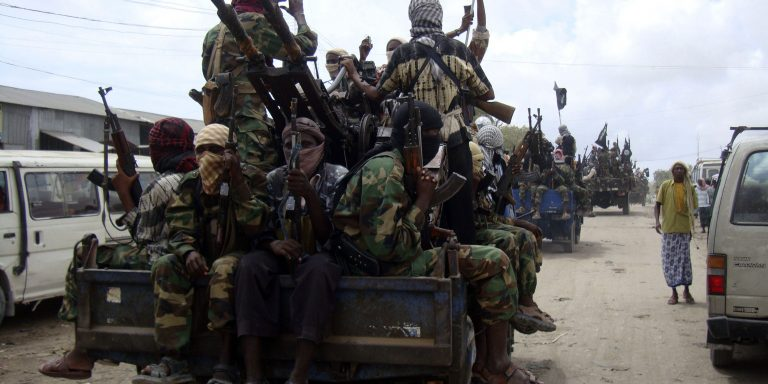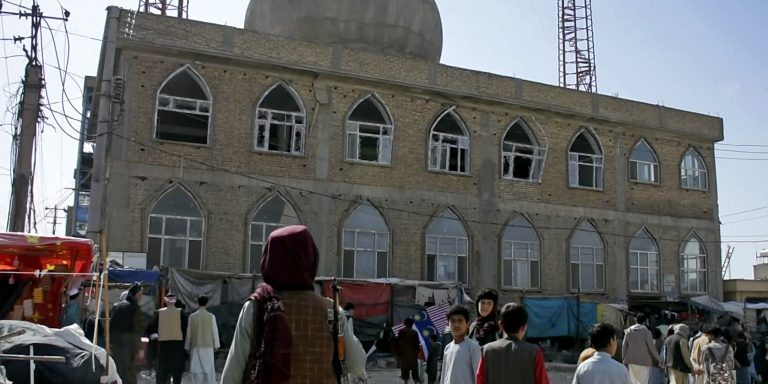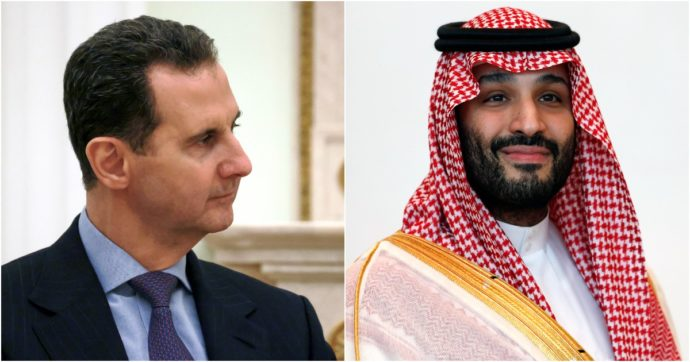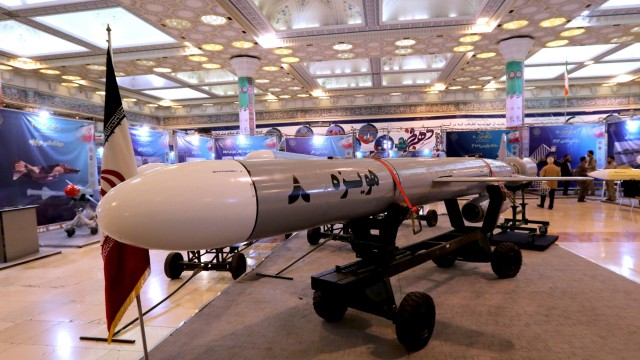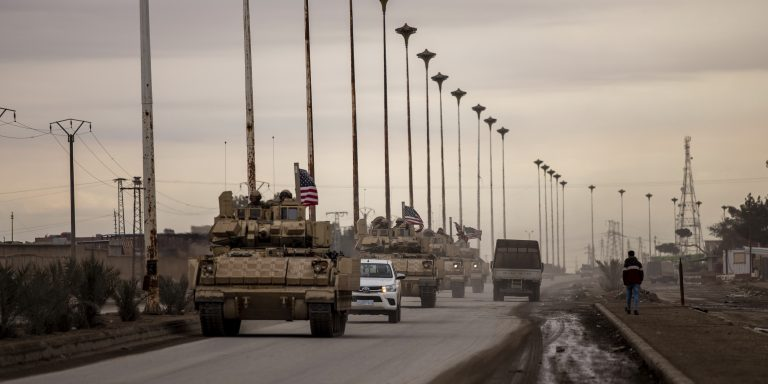Israel ‘coordinates closely’ with extremists to carry out Damascus strikes: Syria
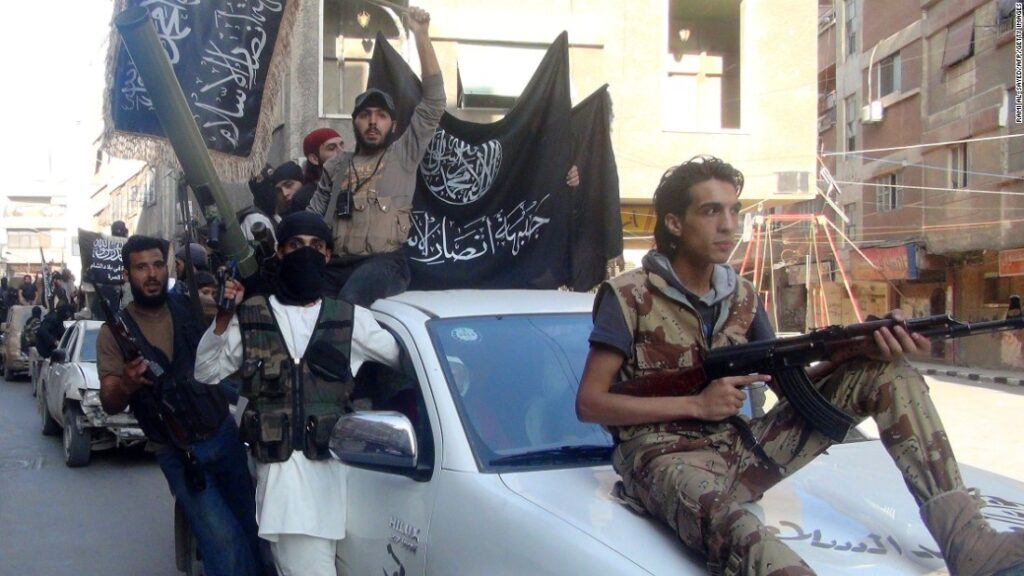
Israeli involvement in the Syrian war on the side of the extremist opposition has been documented thoroughly over the years
In a statement on 31 March condemning Israel’s airstrikes on Damascus, the Syrian Foreign Ministry said that Israel’s continuous attacks against the country are indicative of their close level of coordination with extremist militants.

